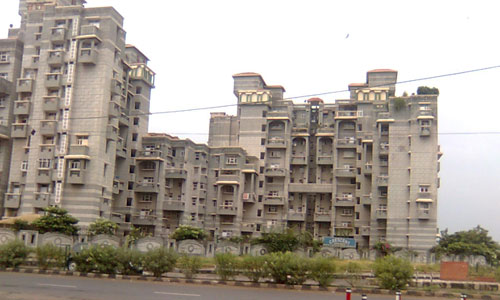
The risk could be arising out of Third Party challenges not discovered prior to the commencement date of the policy due to the Title of Property belonging to someone other than the Insured, Descriptions & Plans in Historic deeds of the property being inadequate, Historic transaction being subject to an act of fraud or forgery by a third party that adversely affects insured’s rights over the title of the property, Title to the Property being subject to Unknown Burdens or Discharge of Burdens which may have been imposed in historic deeds executed prior to the commencement date etc.










